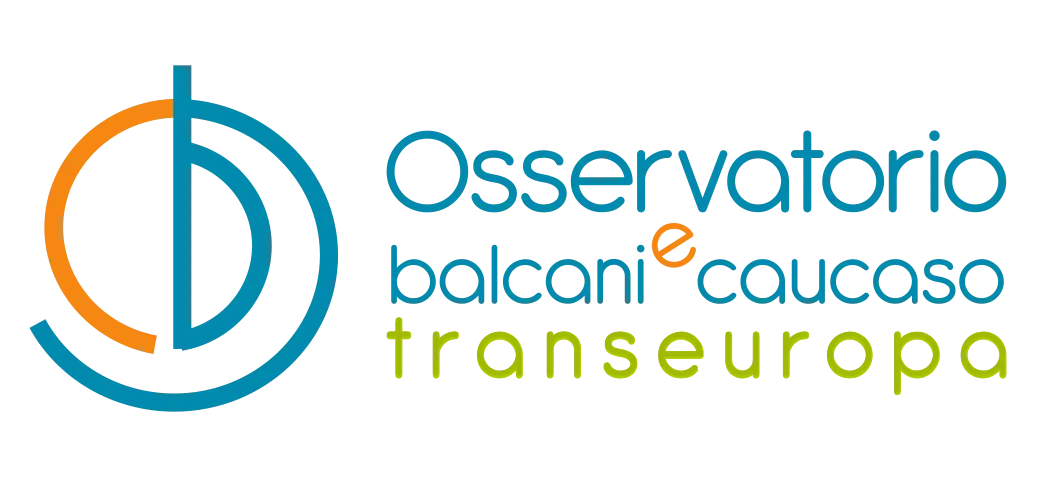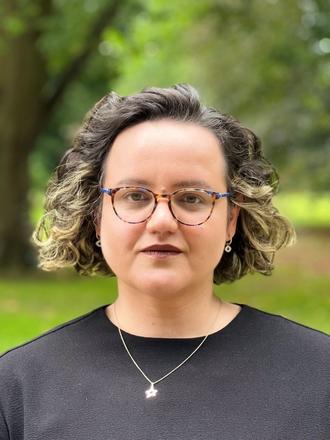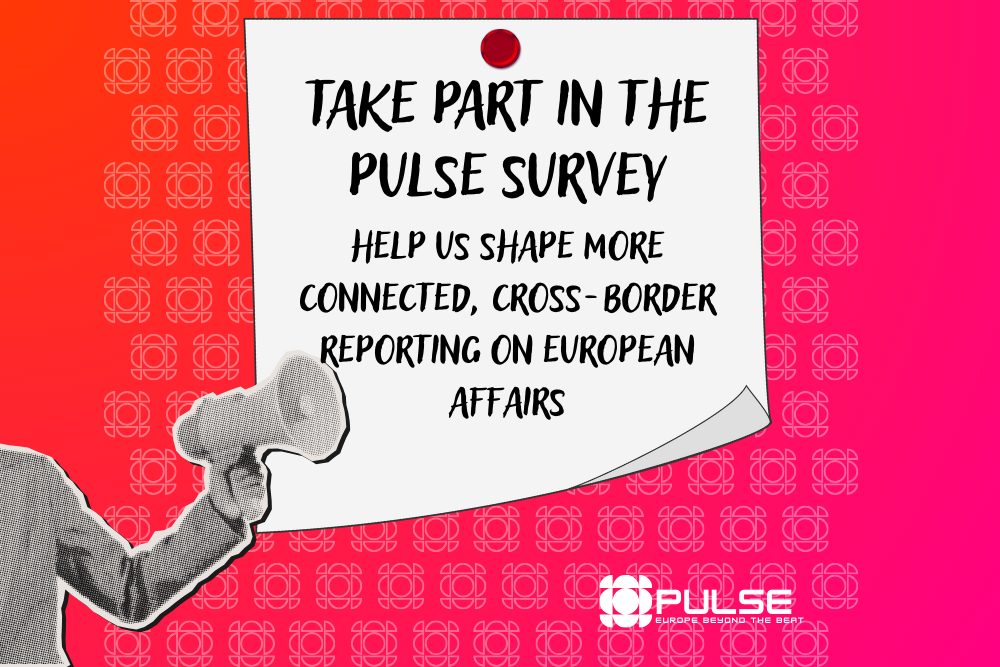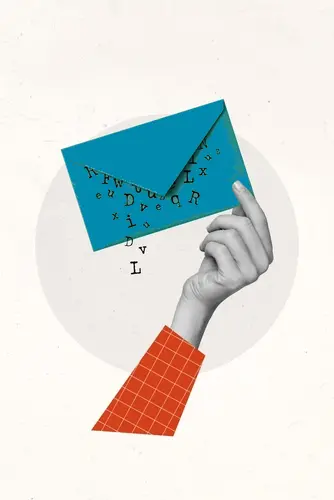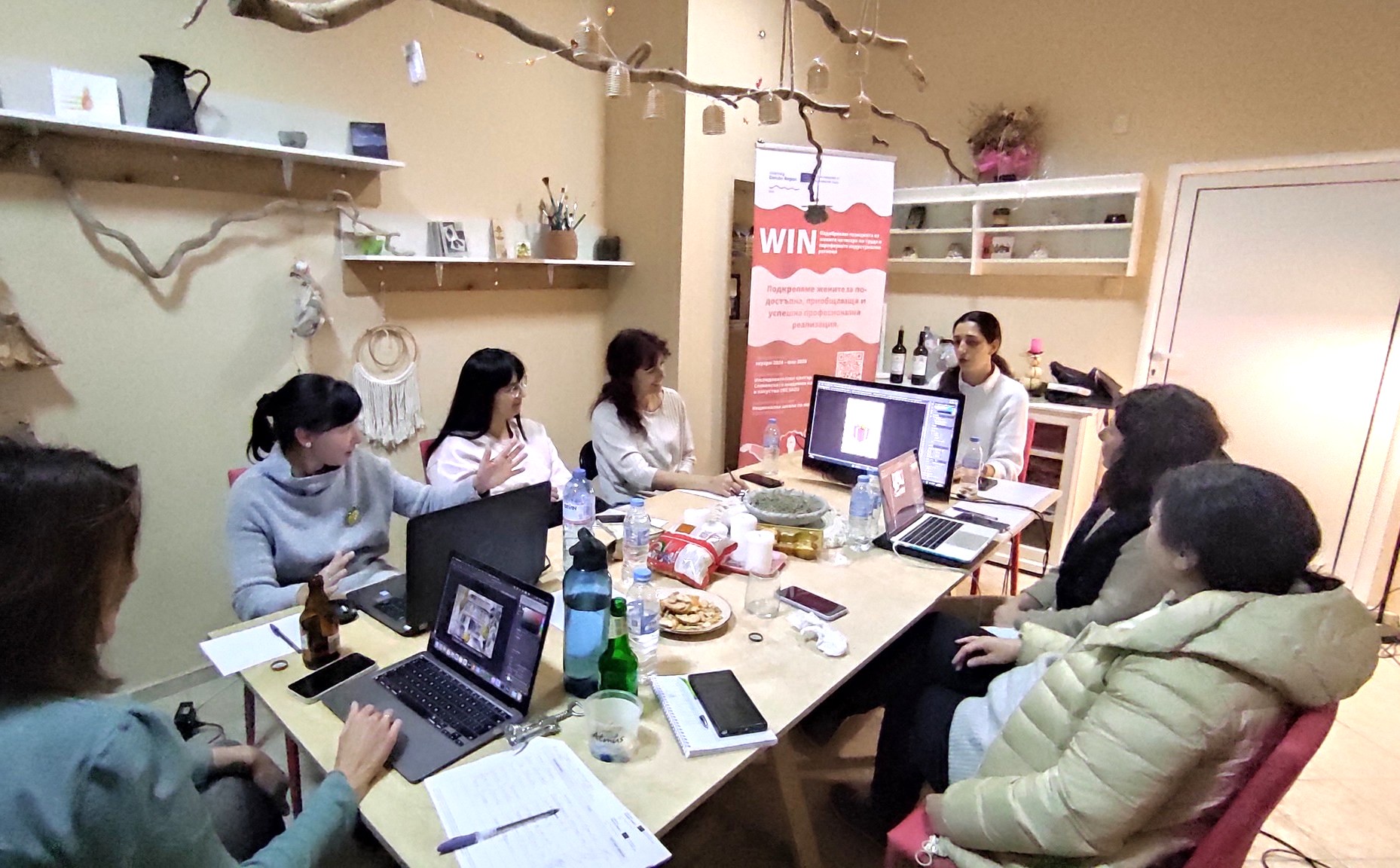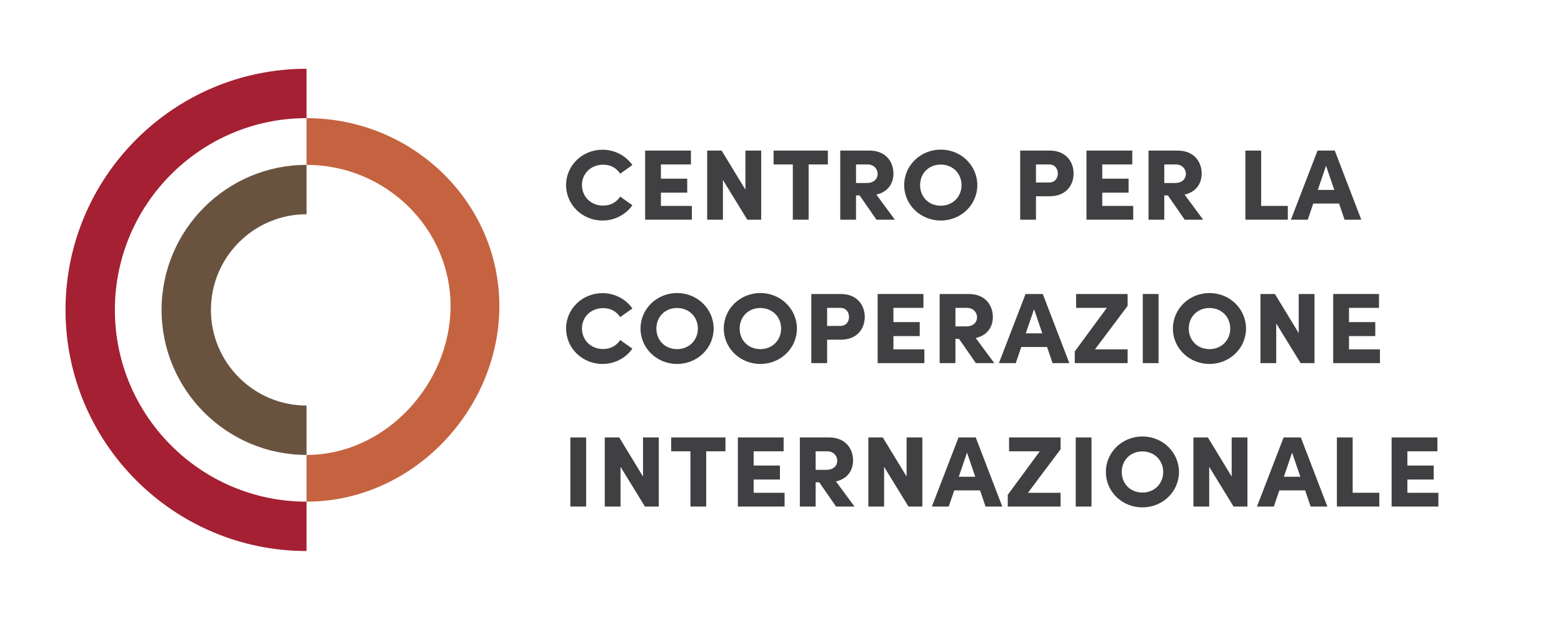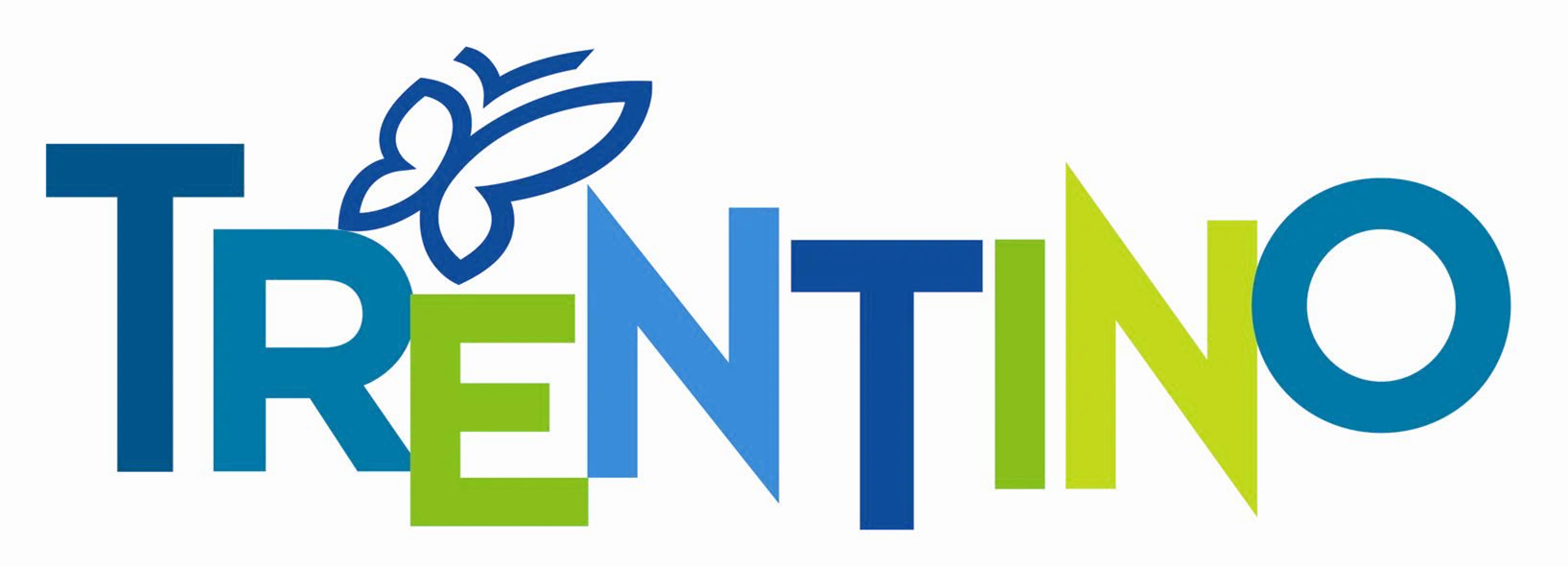ICT experts in Albania and Italy: Between meritocracy and gender stereotypes
In both countries, the women who choose this field are few but highly determined. Their “cross-border” example shows that, despite deep-rooted stigmas, there is a new generation of girls with the courage to pursue the path they love, refusing to be limited by mental or geographical boundaries

ICT-experts-in-Albania-and-Italy-Between-meritocracy-and-gender-stereotypes
© Gorodenkoff/Shutterstock
The mandatory work uniform doesn’t come in the right size, and the coupon isn’t handed out at the entrance to specialized trade fairs. So, what possessed this “woman” to become an ICT engineer? Spoken aloud, sometimes just thought, this question recurs both in Albania and Italy. Although they rank fourth and ninth, respectively, among European countries with the highest percentage of female STEM students, both nations are united by heavy cultural stigmas that turn promising STEM paths into dead ends—or, at the very least, into bumpy, unrewarding roads, especially from an economic perspective. This trend is particularly evident in the telecommunications engineering sector.
Few women study ICT, a poorly paid fate
In Italy, only 22.9% of those enrolled in this engineering program are women, and among graduates (master’s degree), the figure drops to 13.7%. Data from the National Engineers Foundation show that it is one of the least chosen fields, especially compared to civil and biomedical engineering. The few women who earn this degree are then “condemned” to career paths more complex than those of their male peers and to systematically lower salaries. According to the latest available Inarcassa data, the average income in this category drops from 44,459 euros to 26,083 euros depending on gender, with a gender pay gap of nearly 48% to the disadvantage of women. If they live in southern Italy, these women also face a higher risk of unemployment: the likelihood increases by 15 percentage points compared to the north (source: National Engineers Center data).
With fewer geographical disparities, the Albanian landscape mirrors Italy’s, showing an ICT sector with a majority of male students (58.5%), alongside services (68.8%) and engineering fields more tied to production and construction (62.5%).
From a salary perspective, ICT in Albania replicates, on a smaller scale, the dynamics affecting a national labor market where the pay gap between highly educated professionals of different genders is 17.7%. This figure is general, but INSTAT data graphs show that ICT is one of the fields where this inequality is undeniable.
Stereotipi simili, antichi ma attuali
In both Albania and Italy, initiatives and appeals are launched—some heartfelt and passionate—but so far without evident results.
“The greatest challenges stem from deeply rooted gender stereotypes and prejudices, both internal and external,” says Orkidea Xhaferraj. In Albania, phrases like “Hard sciences aren’t for women” and “Men and boys are naturally better at sciences” are, in her view, “perceptions with ancient origins that continue to shape the present, blocking women’s access and progress in STEM and slowing their careers.” While “women generally have lower self-confidence than men,” Xhaferraj notes that in engineering, this tendency risks worsening due to the lack of female role models among scientists, inventors, and innovators.
Exploring the reasons for gender inequalities in Italy’s ICT world, Barbara De Micheli, an equal opportunities expert at the G. Brodolini Foundation, observes a similar issue. “Stereotypes about what fields are feminine or masculine remain very strong, and careers in startups and the world of new technologies are still portrayed in a one-dimensional, male-only way,” she explains. In Italy, too, “math isn’t for girls,” and those who specialize in fields like computer and telecommunications engineering—considered “extremely male”—have no trouble graduating but struggle to find work. And when they do, De Micheli says, “they often have to learn to navigate a corporate organizational context still far from equitable. There’s been no evolution from the past, and boardrooms are still full of men.”
In Italy, “Sex is power ,” as shown in a recent report by the Info.Nodes and onData associations. Although a gender certification exists, De Micheli calls it “a hybrid measure.” This purely qualitative certification, with a strong focus on processes, has the merit of raising the issue but could be more effective if gender equality criteria were included in funding bids, leveraging economic incentives. Time will tell if these initiatives yield results in the coming years, but De Micheli highlights “a lack of clear, significant strategic planning, especially for investments supporting startups and female entrepreneurship in general.”
In Albania, official efforts to increase women’s participation and representation in STEM disciplines are not lacking. Traces can be found in the 2021-2026 Education Strategy and the 2021-2030 Gender Equality Strategy. However, Xhaferraj points out that “all these strategic frameworks must be translated into practical measures and effectively implemented: this remains a challenge in a country still swayed by social norms and cultural perceptions that disadvantage women and pose further obstacles to their scientific careers. I don’t see these challenges in isolation,” she concludes. “They are systemic, interconnected, and reinforce each other.”
The art of teaching STEM to everyone
To grasp the details that might escape those looking at the bigger picture, we must listen to those who experience them firsthand, facing daily challenges. Salvina Pëllumbi does this by teaching mathematics in a school in Elbasan, a city in central Albania about 50 km from Tirana. She chose this subject because she had “very strong female math teachers who could do it all—family and career”—showing her that she didn’t have to choose between the two. She knows she was lucky, as “in general, Albanian mothers often present the image of a woman devoted to the family.”
In her work at school, she meets “very smart and hardworking Albanian girls who need motivation by showing them the job market, employment opportunities, and salary prospects in STEM fields.” She does this personally as a mentor in the “Albanian Girls in ICT Academy ” project, organized by Albanian Skills, and through her own initiatives, incorporating engaging virtual labs into her lessons that encourage critical thinking about the world around them. Pëllumbi lists a series of initiatives she’s proud to be part of, but she also knows systemic interventions are needed—such as dedicated career counselling sessions, more female role models to look up to, and social media awareness campaigns. She also recognizes that the real problem comes after university, “when the career path becomes harder because, in Albanian culture, mothers are expected to handle the household entirely on their own and then, only if time allows, pursue studies or scientific research.”
Networks of mutual encouragement: We are not few
At this stage, young Albanian women entering the STEM workforce can rely on the Network of Albanian Women in STEM (NAW-STEM ). Xhaferraj founded it “to contribute to women’s economic and social emancipation by increasing their representation in the STEM sector, both in industry and academia,” she explains. It tackles gender stereotypes and prejudices head-on with the STEMspresso podcast series, also involving Albanian STEM women from the diaspora, because a true network knows no borders.
Speaking of borders, in Italy, there’s another network, exclusively for female engineers and architects: AIDIA. Founded in 1957, it now has over 450 registered professionals. Three of them chose to share their experiences, which, in their diversity, paint a fairly complete picture of the Italian situation.
Giovanna Iannuzzi is an established entrepreneur in the chemical-pharmaceutical IT sector, but she succeeded thanks to her family, which helped her manage the birth of twins, and to herself, never letting herself be discouraged despite often being passed over for promotions by male colleagues simply because they were men. “It’s still difficult to secure project management or major contract roles; as women, we’re perceived as a risk,” she says. “It remains hard to reach rewarding positions with growth prospects: you always have to fight tooth and nail, and you don’t always get what you deserve.” Not even a spot on a panel: “I’m often the only woman in the speeches I’m invited to, but I know I’m not the only woman in the field,” Iannuzzi recounts.
Danila Ranieri’s STEM experience, meanwhile, is “an adventure undertaken as a challenge and by chance, a complex journey of personal and professional growth but also resilience,” as she describes it. She doesn’t hide having encountered stereotypes, prejudices, and a lack of female role models in her career, which has now landed her in a major consulting firm. But she sees change—not so much in the broader system above her, but in her immediate circle of colleagues. “Many confessed that some attitudes toward the team have shifted since more women joined. Less camaraderie, more kindness and politeness,” she says, “and they were very happy about it.”
From the academic world where she grew up, Antonia Russo notices “a certain shyness among girls; they hesitate to put themselves out there. We need to overcome this tendency, share our stories, and unite. Networks are essential to amplify these voices and share other women’s experiences. We’re not few in STEM, but we often don’t step forward.” In her journey, she hasn’t faced particular discrimination as a woman and chose this path because she loves it. “I see projects through because I believe in them. It’s a highly stimulating and dynamic field—enthusiasm, technology, innovation, creativity.”
Towards the future, with passion and soft skills
“I am convinced that skills have no gender.” Russo ends her story with this sentence, and with the same phrase, Hygerta.T begins hers. The only difference is the language, shifting from Italian to Albanian. This young student is “perfectly aware of the existence of gender inequalities in the field I’ve chosen, as in many others, but I don’t want this reality to hold me back or limit me,” she explains. While studying, she already encounters prejudices and sometimes feels the need to “work even harder to prove my worth, but I don’t get discouraged. If I’m competent and well-prepared, my gender won’t be an obstacle to my success.”
After university, Hygerta.T wants to “create useful solutions, especially in an era where technology is advancing at a rapid pace,” but she chose ICT (information and communication technologies) “also because it’s one of the most in-demand fields for programmers and offers competitive salaries.” To ensure her salary matches that of her male colleagues, she already knows she’ll need to “work even harder to develop my skills and find my place in the job market, despite being a woman.”
This “despite being a woman” has also accompanied Gaia Bertolino in her nearly completed studies in computer engineering. She “dared” to pursue this path while staying in southern Italy, a region with the highest gender gap and gender pay gap, because she “associated computer science with its practical applications,” supported by a family that only wanted to nurture her mathematical talents.
The social and academic environment didn’t share the same view, but Bertolino forged her path and had a strategy: “To make up for the supposed lack of technological skills attributed to us, we need to focus on soft and communication skills too,” she explains. She and her female university peers are preparing to enter the workforce this way: “We’re few, but highly motivated, ambitious, and determined—unlike many of our male classmates, who are often less driven, having enrolled in ICT riding the wave of the sector’s boom or influenced by stereotypes.” Occasionally, those stereotypes strike them too.
This publication has been produced within the Collaborative and Investigative Journalism Initiative (CIJI ), a project co-funded by the European Commission. The contents of this publication are the sole responsibility of Osservatorio Balcani Caucaso Transeuropa and do not reflect the views of the European Union. Go to the project page
Tag: CIJI
Featured articles
- Take part in the survey
ICT experts in Albania and Italy: Between meritocracy and gender stereotypes
In both countries, the women who choose this field are few but highly determined. Their “cross-border” example shows that, despite deep-rooted stigmas, there is a new generation of girls with the courage to pursue the path they love, refusing to be limited by mental or geographical boundaries

ICT-experts-in-Albania-and-Italy-Between-meritocracy-and-gender-stereotypes
© Gorodenkoff/Shutterstock
The mandatory work uniform doesn’t come in the right size, and the coupon isn’t handed out at the entrance to specialized trade fairs. So, what possessed this “woman” to become an ICT engineer? Spoken aloud, sometimes just thought, this question recurs both in Albania and Italy. Although they rank fourth and ninth, respectively, among European countries with the highest percentage of female STEM students, both nations are united by heavy cultural stigmas that turn promising STEM paths into dead ends—or, at the very least, into bumpy, unrewarding roads, especially from an economic perspective. This trend is particularly evident in the telecommunications engineering sector.
Few women study ICT, a poorly paid fate
In Italy, only 22.9% of those enrolled in this engineering program are women, and among graduates (master’s degree), the figure drops to 13.7%. Data from the National Engineers Foundation show that it is one of the least chosen fields, especially compared to civil and biomedical engineering. The few women who earn this degree are then “condemned” to career paths more complex than those of their male peers and to systematically lower salaries. According to the latest available Inarcassa data, the average income in this category drops from 44,459 euros to 26,083 euros depending on gender, with a gender pay gap of nearly 48% to the disadvantage of women. If they live in southern Italy, these women also face a higher risk of unemployment: the likelihood increases by 15 percentage points compared to the north (source: National Engineers Center data).
With fewer geographical disparities, the Albanian landscape mirrors Italy’s, showing an ICT sector with a majority of male students (58.5%), alongside services (68.8%) and engineering fields more tied to production and construction (62.5%).
From a salary perspective, ICT in Albania replicates, on a smaller scale, the dynamics affecting a national labor market where the pay gap between highly educated professionals of different genders is 17.7%. This figure is general, but INSTAT data graphs show that ICT is one of the fields where this inequality is undeniable.
Stereotipi simili, antichi ma attuali
In both Albania and Italy, initiatives and appeals are launched—some heartfelt and passionate—but so far without evident results.
“The greatest challenges stem from deeply rooted gender stereotypes and prejudices, both internal and external,” says Orkidea Xhaferraj. In Albania, phrases like “Hard sciences aren’t for women” and “Men and boys are naturally better at sciences” are, in her view, “perceptions with ancient origins that continue to shape the present, blocking women’s access and progress in STEM and slowing their careers.” While “women generally have lower self-confidence than men,” Xhaferraj notes that in engineering, this tendency risks worsening due to the lack of female role models among scientists, inventors, and innovators.
Exploring the reasons for gender inequalities in Italy’s ICT world, Barbara De Micheli, an equal opportunities expert at the G. Brodolini Foundation, observes a similar issue. “Stereotypes about what fields are feminine or masculine remain very strong, and careers in startups and the world of new technologies are still portrayed in a one-dimensional, male-only way,” she explains. In Italy, too, “math isn’t for girls,” and those who specialize in fields like computer and telecommunications engineering—considered “extremely male”—have no trouble graduating but struggle to find work. And when they do, De Micheli says, “they often have to learn to navigate a corporate organizational context still far from equitable. There’s been no evolution from the past, and boardrooms are still full of men.”
In Italy, “Sex is power ,” as shown in a recent report by the Info.Nodes and onData associations. Although a gender certification exists, De Micheli calls it “a hybrid measure.” This purely qualitative certification, with a strong focus on processes, has the merit of raising the issue but could be more effective if gender equality criteria were included in funding bids, leveraging economic incentives. Time will tell if these initiatives yield results in the coming years, but De Micheli highlights “a lack of clear, significant strategic planning, especially for investments supporting startups and female entrepreneurship in general.”
In Albania, official efforts to increase women’s participation and representation in STEM disciplines are not lacking. Traces can be found in the 2021-2026 Education Strategy and the 2021-2030 Gender Equality Strategy. However, Xhaferraj points out that “all these strategic frameworks must be translated into practical measures and effectively implemented: this remains a challenge in a country still swayed by social norms and cultural perceptions that disadvantage women and pose further obstacles to their scientific careers. I don’t see these challenges in isolation,” she concludes. “They are systemic, interconnected, and reinforce each other.”
The art of teaching STEM to everyone
To grasp the details that might escape those looking at the bigger picture, we must listen to those who experience them firsthand, facing daily challenges. Salvina Pëllumbi does this by teaching mathematics in a school in Elbasan, a city in central Albania about 50 km from Tirana. She chose this subject because she had “very strong female math teachers who could do it all—family and career”—showing her that she didn’t have to choose between the two. She knows she was lucky, as “in general, Albanian mothers often present the image of a woman devoted to the family.”
In her work at school, she meets “very smart and hardworking Albanian girls who need motivation by showing them the job market, employment opportunities, and salary prospects in STEM fields.” She does this personally as a mentor in the “Albanian Girls in ICT Academy ” project, organized by Albanian Skills, and through her own initiatives, incorporating engaging virtual labs into her lessons that encourage critical thinking about the world around them. Pëllumbi lists a series of initiatives she’s proud to be part of, but she also knows systemic interventions are needed—such as dedicated career counselling sessions, more female role models to look up to, and social media awareness campaigns. She also recognizes that the real problem comes after university, “when the career path becomes harder because, in Albanian culture, mothers are expected to handle the household entirely on their own and then, only if time allows, pursue studies or scientific research.”
Networks of mutual encouragement: We are not few
At this stage, young Albanian women entering the STEM workforce can rely on the Network of Albanian Women in STEM (NAW-STEM ). Xhaferraj founded it “to contribute to women’s economic and social emancipation by increasing their representation in the STEM sector, both in industry and academia,” she explains. It tackles gender stereotypes and prejudices head-on with the STEMspresso podcast series, also involving Albanian STEM women from the diaspora, because a true network knows no borders.
Speaking of borders, in Italy, there’s another network, exclusively for female engineers and architects: AIDIA. Founded in 1957, it now has over 450 registered professionals. Three of them chose to share their experiences, which, in their diversity, paint a fairly complete picture of the Italian situation.
Giovanna Iannuzzi is an established entrepreneur in the chemical-pharmaceutical IT sector, but she succeeded thanks to her family, which helped her manage the birth of twins, and to herself, never letting herself be discouraged despite often being passed over for promotions by male colleagues simply because they were men. “It’s still difficult to secure project management or major contract roles; as women, we’re perceived as a risk,” she says. “It remains hard to reach rewarding positions with growth prospects: you always have to fight tooth and nail, and you don’t always get what you deserve.” Not even a spot on a panel: “I’m often the only woman in the speeches I’m invited to, but I know I’m not the only woman in the field,” Iannuzzi recounts.
Danila Ranieri’s STEM experience, meanwhile, is “an adventure undertaken as a challenge and by chance, a complex journey of personal and professional growth but also resilience,” as she describes it. She doesn’t hide having encountered stereotypes, prejudices, and a lack of female role models in her career, which has now landed her in a major consulting firm. But she sees change—not so much in the broader system above her, but in her immediate circle of colleagues. “Many confessed that some attitudes toward the team have shifted since more women joined. Less camaraderie, more kindness and politeness,” she says, “and they were very happy about it.”
From the academic world where she grew up, Antonia Russo notices “a certain shyness among girls; they hesitate to put themselves out there. We need to overcome this tendency, share our stories, and unite. Networks are essential to amplify these voices and share other women’s experiences. We’re not few in STEM, but we often don’t step forward.” In her journey, she hasn’t faced particular discrimination as a woman and chose this path because she loves it. “I see projects through because I believe in them. It’s a highly stimulating and dynamic field—enthusiasm, technology, innovation, creativity.”
Towards the future, with passion and soft skills
“I am convinced that skills have no gender.” Russo ends her story with this sentence, and with the same phrase, Hygerta.T begins hers. The only difference is the language, shifting from Italian to Albanian. This young student is “perfectly aware of the existence of gender inequalities in the field I’ve chosen, as in many others, but I don’t want this reality to hold me back or limit me,” she explains. While studying, she already encounters prejudices and sometimes feels the need to “work even harder to prove my worth, but I don’t get discouraged. If I’m competent and well-prepared, my gender won’t be an obstacle to my success.”
After university, Hygerta.T wants to “create useful solutions, especially in an era where technology is advancing at a rapid pace,” but she chose ICT (information and communication technologies) “also because it’s one of the most in-demand fields for programmers and offers competitive salaries.” To ensure her salary matches that of her male colleagues, she already knows she’ll need to “work even harder to develop my skills and find my place in the job market, despite being a woman.”
This “despite being a woman” has also accompanied Gaia Bertolino in her nearly completed studies in computer engineering. She “dared” to pursue this path while staying in southern Italy, a region with the highest gender gap and gender pay gap, because she “associated computer science with its practical applications,” supported by a family that only wanted to nurture her mathematical talents.
The social and academic environment didn’t share the same view, but Bertolino forged her path and had a strategy: “To make up for the supposed lack of technological skills attributed to us, we need to focus on soft and communication skills too,” she explains. She and her female university peers are preparing to enter the workforce this way: “We’re few, but highly motivated, ambitious, and determined—unlike many of our male classmates, who are often less driven, having enrolled in ICT riding the wave of the sector’s boom or influenced by stereotypes.” Occasionally, those stereotypes strike them too.
This publication has been produced within the Collaborative and Investigative Journalism Initiative (CIJI ), a project co-funded by the European Commission. The contents of this publication are the sole responsibility of Osservatorio Balcani Caucaso Transeuropa and do not reflect the views of the European Union. Go to the project page
Tag: CIJI
